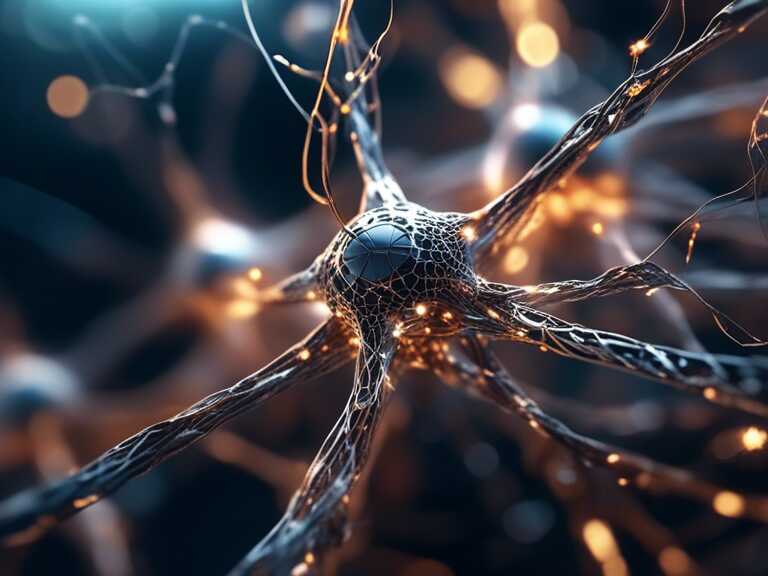
Neutral Molecules Exhibit Charge in Biochemistry, Study Finds
Neutral polyzwitterions exhibit charge-like behavior due to non-uniform local dielectric constants, impacting molecular transport in biochemistry.

The intricate world of biochemistry unveils fascinating phenomena that challenge our conventional understanding of molecular behavior. Recent research has shed light on the surprising ability of even neutral molecules to exhibit charge-like properties within the complex cellular environment.
At the heart of this discovery lies the study of polyzwitterions, a type of polymer composed entirely of neutral units called zwitterions. These zwitterions possess both positive and negative charges within their structure, but due to their internal balance, they maintain an overall neutral charge. This characteristic initially led scientists to believe that polyzwitterions would be unresponsive to electric fields.
Challenging Conventional Wisdom
However, a groundbreaking study conducted at the University of Massachusetts Amherst has shattered this assumption. By employing single-molecule electrophoresis, a technique capable of identifying and sequencing macromolecules based on their charge distribution, researchers observed that certain polyzwitterions, when exposed to an electric field, exhibited directed movement as if they possessed a net charge. This unexpected behavior challenged the long-held belief that only charged molecules could respond to electrical stimuli.
Unveiling the Role of Charge Distribution
The key to understanding this phenomenon lies in the intricate charge distribution within polyzwitterions. Unlike traditional charged molecules, where the charge is evenly distributed, some polyzwitterions possess a unique configuration where one charge resides at one extremity of the molecule, while the opposite charge is located closer to the central backbone. This asymmetric distribution creates an imbalance in the electric field surrounding the molecule, effectively mimicking the behavior of a charged particle.
The Impact of Dielectric Constant
Furthermore, the study revealed that the local dielectric constant, a measure of a material's ability to store electrical energy, plays a crucial role in this charge-like behavior. It was previously thought that the dielectric constant surrounding polyzwitterions was uniform throughout their structure. However, the research demonstrated that the dielectric constant varies significantly depending on the location within the molecule. Notably, it is much higher at the tip of the zwitterionic side chain compared to the region near the backbone.
This non-uniform dielectric constant results in asymmetric charge shielding, where the charge at the tip of the molecule is more prominent and influential, effectively masking the other charge closer to the backbone. This phenomenon explains why polyzwitterions can behave as if they possess a net charge despite their overall neutrality.
Broadening Our Understanding of Molecular Interactions
These findings have profound implications for our understanding of molecular interactions within biological systems. They demonstrate that even seemingly neutral molecules can exert charge-like effects, influencing their movement and interactions with other molecules in the cellular environment. This knowledge opens up new avenues for exploring the complexities of biochemical processes and designing targeted therapies.
The discovery that neutral polyzwitterions can exhibit charge-like behavior has revolutionized our understanding of molecular transport in biochemistry. It highlights the importance of considering factors such as charge distribution and dielectric constant when studying molecular interactions within complex biological systems.
Furthermore, the insights gained from this research have the potential to pave the way for advancements in disease detection, drug delivery, and our overall comprehension of the intricate workings of life at the molecular level.
Share news















